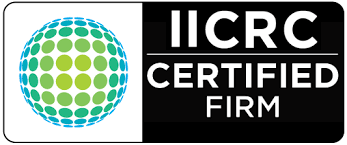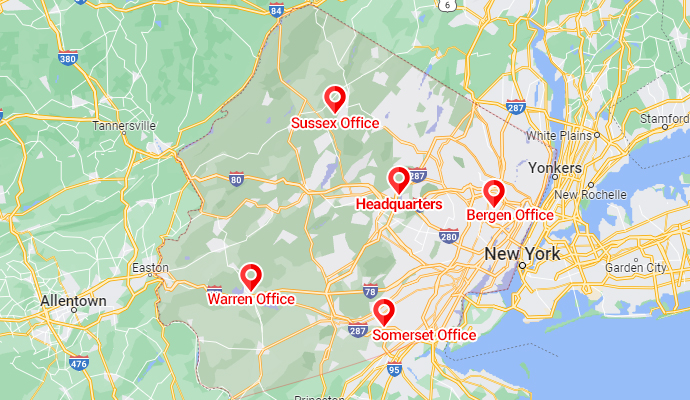Hidden Hazards: Where Asbestos Lurks During Water Damage Restoration
Water damage restoration is a critical process for maintaining a clean and sanitized home after incidents like leaks, floods, or burst pipes. However, amidst the wet and damp environments that require immediate attention, there can be hidden hazards that complicate the restoration process. One such hazard is asbestos, a dangerous material that may still be present in older homes. Understanding where asbestos can be found and how to handle it safely is essential for effective and safe water damage restoration.

Common Areas Where Asbestos is Found
Asbestos was widely used in building materials until its dangers became well-known. In homes built before the 1980s, asbestos can still be present in various locations, particularly in areas prone to moisture and water damage such as bathrooms, kitchens, and basements.
1. Bathrooms and Kitchens
Bathrooms and kitchens are high-moisture areas that often contain materials like vinyl flooring, ceiling tiles, and pipe insulation, which may harbor asbestos. Water damage in these areas can disturb these materials, releasing asbestos fibers into the air. Leaking sinks, toilets, and showers can exacerbate the problem by increasing moisture levels, making it crucial to identify and handle asbestos safely during restoration.
2. Basements and Crawl Spaces
Basements and crawl spaces are common places for asbestos-containing materials (ACMs) such as pipe insulation, wallboard, and ceiling tiles. When water intrusion occurs, the resulting dampness can weaken these materials, increasing the risk of asbestos fiber release. Proper moisture control and asbestos management are essential to prevent health hazards in these areas.
3. Flooring and Insulation
Older homes may have asbestos-containing flooring materials like vinyl asbestos tiles (VAT) or asbestos cement sheets. Additionally, insulation around plumbing pipes, especially in areas like bathrooms and kitchens, can contain asbestos. Water damage can cause these materials to deteriorate, leading to fiber dispersion and contamination of the indoor environment.
Safe Handling and Removal of Asbestos
Handling asbestos requires specialized knowledge and equipment to ensure safety. Here are essential steps for managing asbestos during water damage restoration:
1. Professional Asbestos Assessment
Before any restoration work begins, it’s vital to conduct a thorough asbestos assessment. Certified professionals can identify the presence of ACMs and determine the appropriate course of action. This assessment helps in planning the restoration process while ensuring that asbestos is handled correctly.
2. Containment and Air Filtration
To prevent asbestos fibers from spreading, containment measures must be implemented. This includes sealing off the affected area and using HEPA-filtered air scrubbers to maintain air quality. Proper ventilation and humidity control are also crucial to minimize the risk of asbestos fiber release.
3. Safe Removal and Disposal
If asbestos-containing materials are damaged, they must be removed by licensed asbestos abatement professionals. These experts use specialized techniques to safely extract and dispose of asbestos waste, ensuring that your home remains clean and sanitized without the risk of contamination.
Preventing Future Asbestos Hazards
Preventing asbestos exposure involves regular maintenance and monitoring, especially in older homes prone to water damage. Here are some tips to minimize risks:
- Regular Inspections: Conduct periodic inspections of areas where asbestos might be present, such as bathrooms, kitchens, and basements. Look for signs of wear and moisture damage.
- Moisture Control: Use dehumidifiers and ensure proper ventilation to keep humidity levels in check, reducing the risk of asbestos material deterioration.
- Immediate Repairs: Address leaks and water damage promptly to prevent the weakening of asbestos-containing materials and the subsequent release of fibers.
Conclusion
Asbestos poses a significant health risk when disturbed, making its identification and safe handling a priority during water damage restoration. By understanding where asbestos is commonly found and implementing proper safety measures, homeowners can ensure a clean and sanitized environment while protecting their health. Always engage professional restoration and asbestos abatement services to manage these hidden hazards effectively, ensuring a safe and thorough recovery from water damage.
For comprehensive water damage restoration and safe asbestos management, trust the experts at PDQ Fire & Water Damage to help you maintain a healthy and hazard-free home.

















